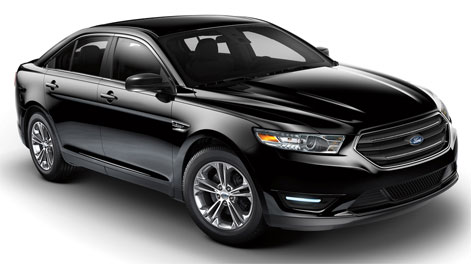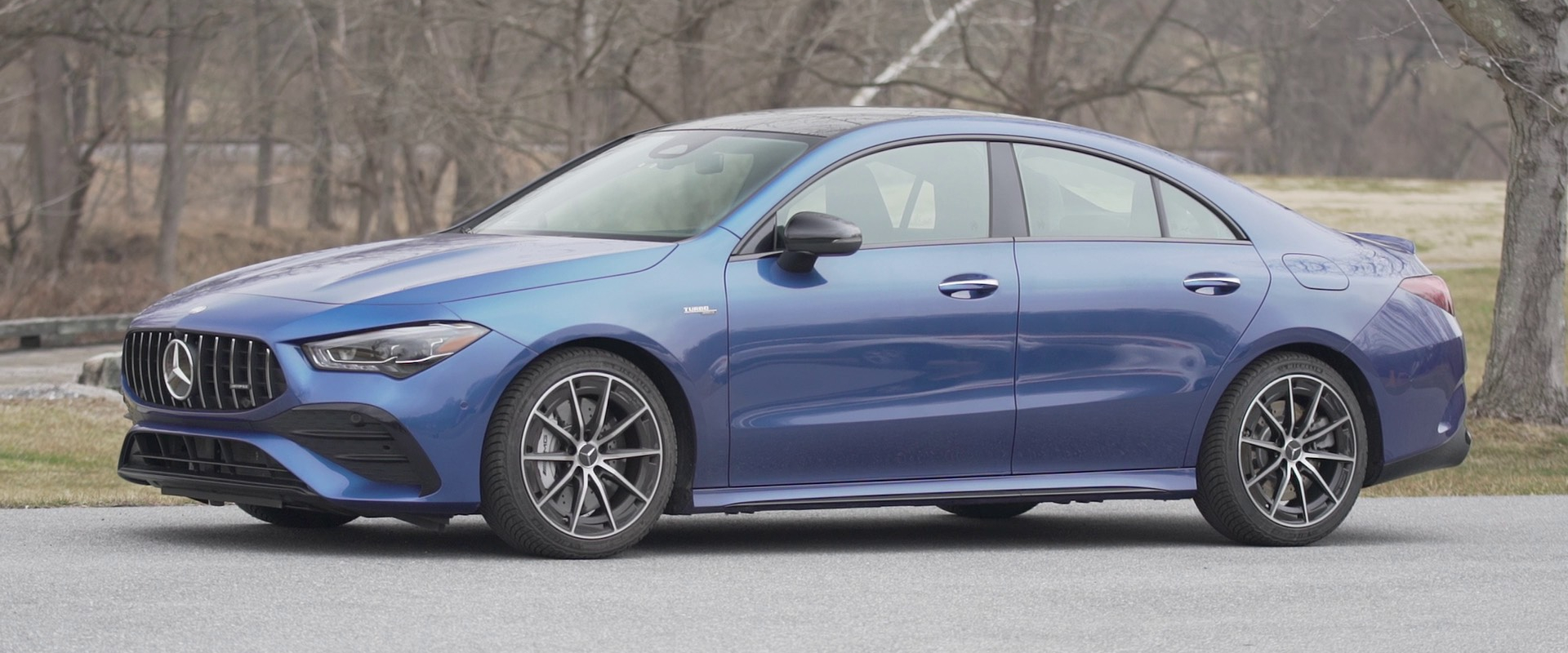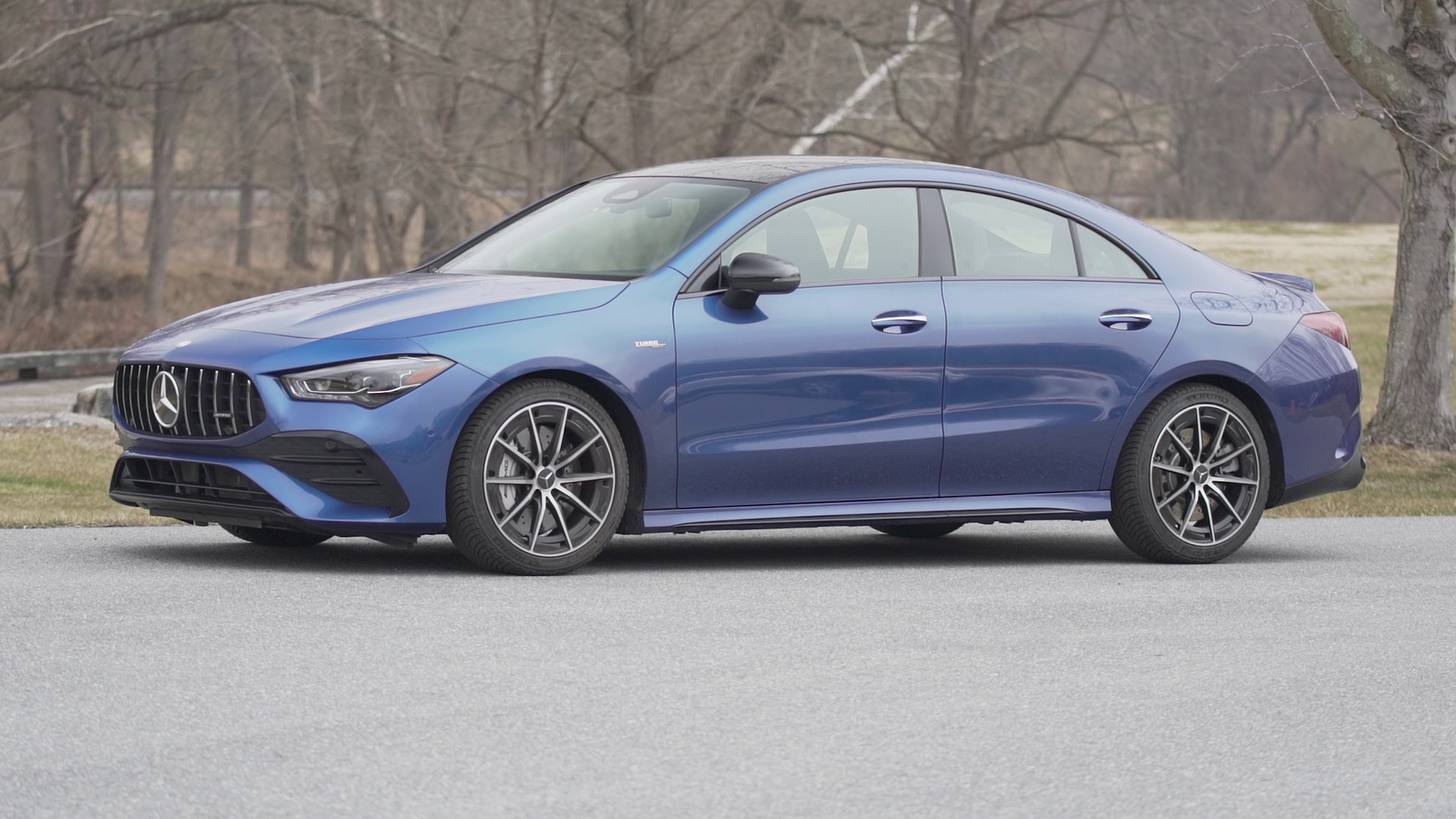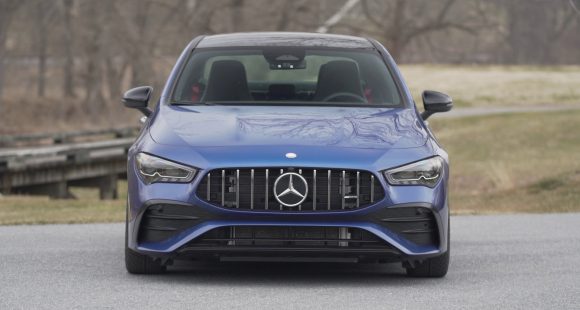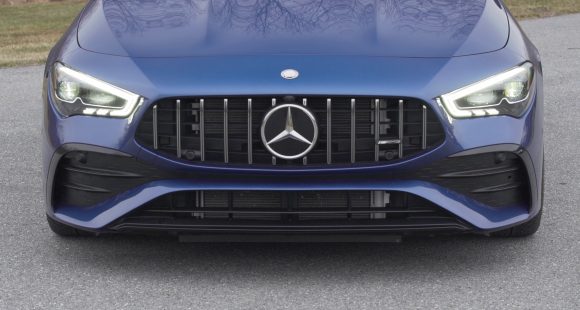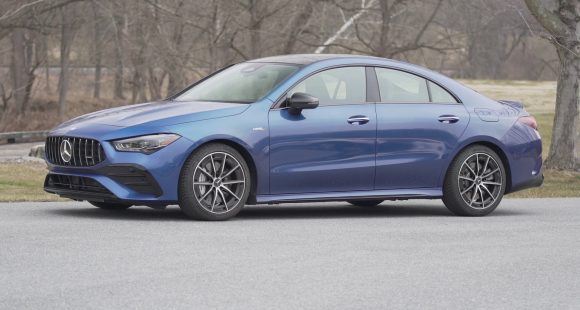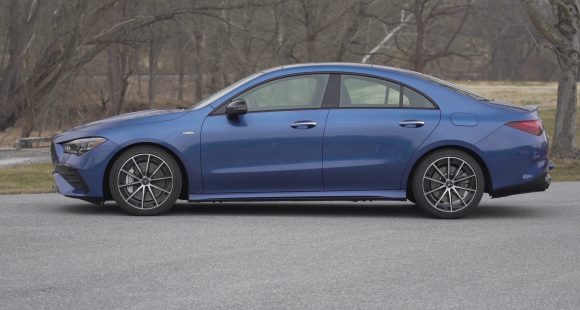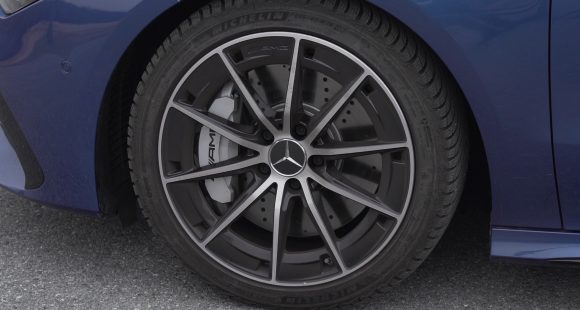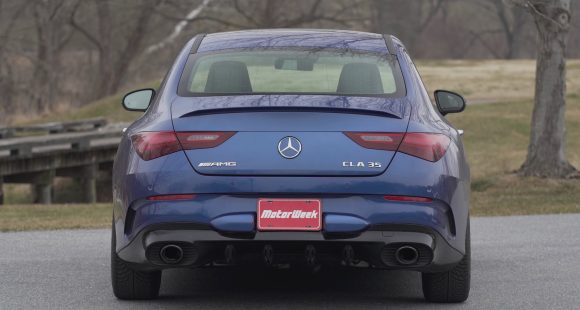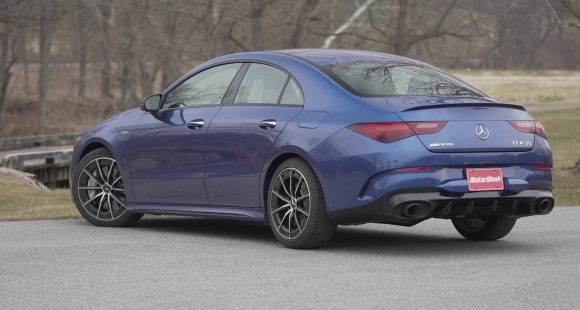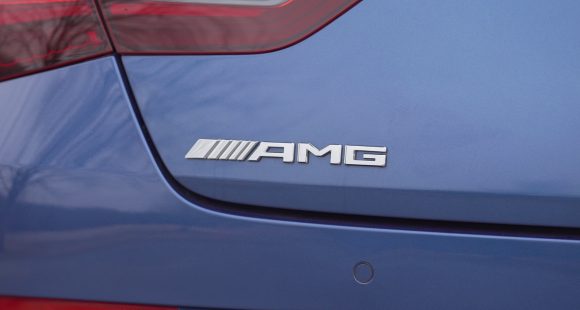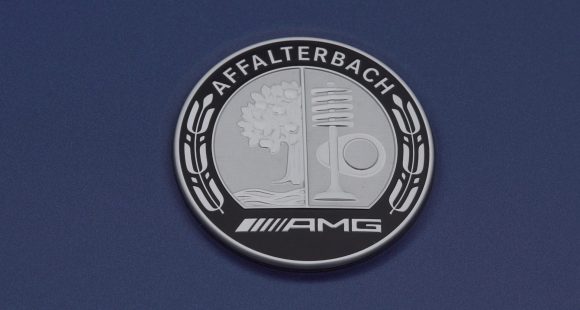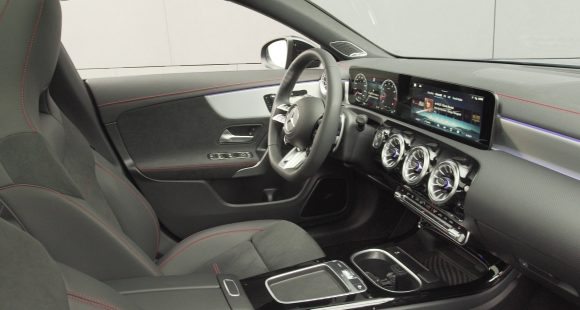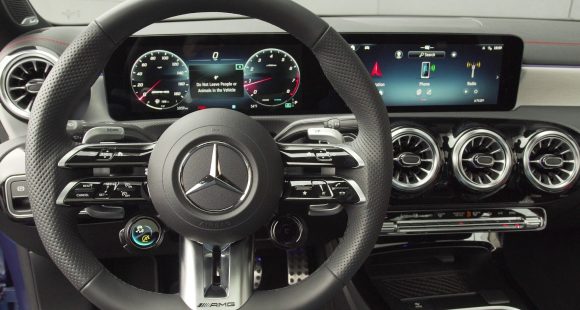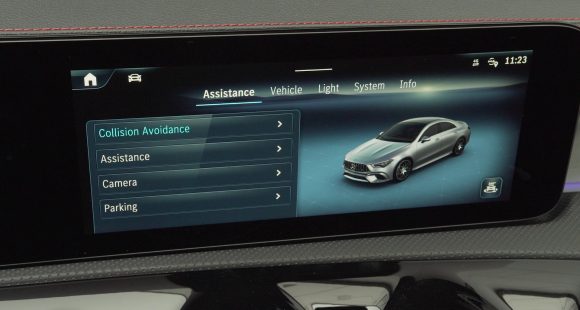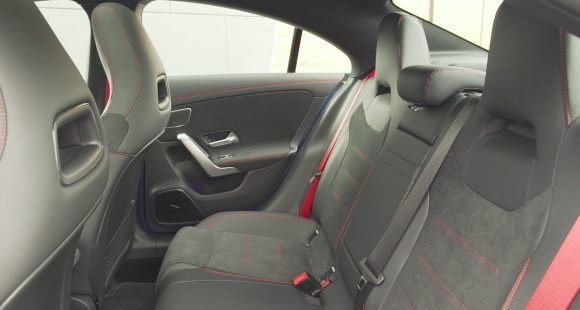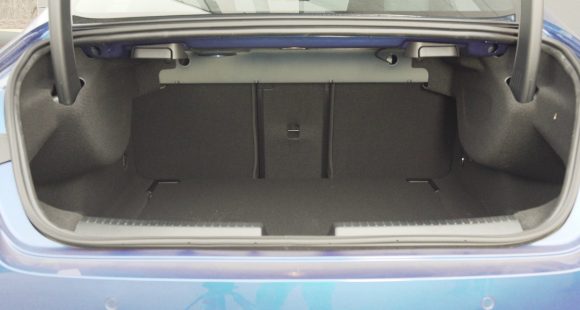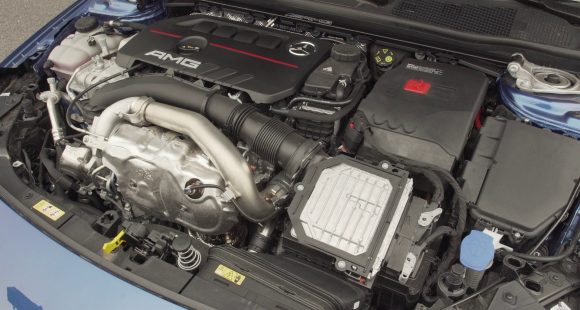2013 Ford Taurus
While big sedans no longer drive big sales numbers for automakers, there are still a sizeable group of buyers who enjoy them. Spend any time in a Taurus, Charger, or Impala and you’ll see why: they deliver an abundance of comfort, room, and power at a reasonable price. The Ford Taurus indeed has all of that covered, and for 2013 it’s looking to bring something else to the segment… fuel economy. Let’s see how big the gains are.
The big news for Ford’s biggest car offering is actually small news, well smaller anyway; and it’s not exactly new either. Okay, enough of the runaround. What we’re trying to say is that Ford’s 2.0-liter EcoBoost I4 engine is now available in the 2013 Ford Taurus.
But, that’s not the only news as this mid-cycle re-fresh also begins with the typical redo of front and rear fascias, but it doesn’t end there. The hood gets a more muscular shape, taking design cues from the high-performance SHO model, wheels are wider to fill up the wheel wells better, and rear quarter panels get reshaped to house larger full-LED tail lights. It’s a big improvement on what was already a strikingly sleek design for a big sedan, and it still looks great.
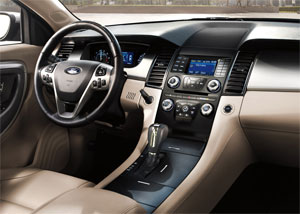 The interior also looks good, but maybe not as grand as Ford likes to think. Fit and finish is first-rate and materials have been upgraded, but our SEL equipped tester’s black-on-black theme made for a very dark environment. It’s also not as roomy up front as you might expect from such a big car, but the layout is practical and there are plenty of small-item storage nooks. Both the back seat and trunk are huge however, the latter holding 20.1 cubic-ft. of goods.
The interior also looks good, but maybe not as grand as Ford likes to think. Fit and finish is first-rate and materials have been upgraded, but our SEL equipped tester’s black-on-black theme made for a very dark environment. It’s also not as roomy up front as you might expect from such a big car, but the layout is practical and there are plenty of small-item storage nooks. Both the back seat and trunk are huge however, the latter holding 20.1 cubic-ft. of goods.
And there’s no lack of tech. to go around with features like SYNC and MYFord Touch. This is the latest gen. of MyFord Touch and its operation is improved, but the bottom row of buttons are still hard to see and access, and some of the touch screen controls are small and hard to hit precisely with while driving. Fortunately there are plenty of redundant controls on the steering wheel as well as voice command; so driver distraction can be reduced.
And, it was driving this Taurus where the new EcoBoost I4-turbo really piqued our interest. Here output rates 240-horsepower and 270 lb-ft. of torque, mated to a 6-speed automatic transmission that sends power to the front wheels only. You have to go with the standard V6 if you want to add all-wheel-drive.
So, it’s off to the track we go to see what type of motivation the 2.0 provides. Well, with a healthy growl and a nice hit of power, you can hit 60 in 8.0-seconds. Those numbers aren’t super impressive, but the car doesn’t feel underpowered at any time, especially not when you stay around 35-hundred RPM where the power delivery is extra-thick. The quarter mile took 16.2-seconds at a speed of 87 miles-per-hour. Through the cones, you won’t exactly forget it’s a big car, but the Taurus does wear its weight well. It feels very sporty, with a nice hefty wheel that gives surprisingly good feedback. Body roll is minimal. Brakes are very sporty as well, with a nice firm pedal, bringing our eco-2-point-0 to a halt in just 126-feet.
Now, it’s doubtful that many Taurii spend too much time on the track, so thankfully it feels great on the street as well. We drive so many small cars these days that driving one this big feels old-school and sort of comforting.
Government Fuel Economy Ratings are the true reasoning behind adding the 2.0-liter EcoBoost to the Taurus and they are impressive for a big sedan; 22-City, 32-Highway, and 26-Combined. We averaged a good 27.8 miles-per-gallon of Regular in mixed driving. And that makes for a slightly better than average Energy Impact Score of 12.7-barrels of oil burned annually with CO2 emissions of 5.7-tons.
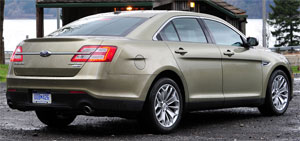 And, while it may be more economical to operate on the back end, it will require a little extra investment up front, as the 2.0-liter EcoBoost will add $995 to any front-wheel-drive SE, SEL, or Limited Taurus.
And, while it may be more economical to operate on the back end, it will require a little extra investment up front, as the 2.0-liter EcoBoost will add $995 to any front-wheel-drive SE, SEL, or Limited Taurus.
Smaller engines in big cars is certainly the wave of the future, as there are still plenty of people who need a full-size car to haul 5 full-sized adults, but would like to do so more efficiently. Well, the 2013 Ford Taurus has indeed gotten more efficient, but there are also enough new tweaks to help keep it in its proper place as the standard bearer of full-size American passenger cars.
Specifications
- Engine: 2.0-liter EcoBoost I4
- Horsepower: 240
- Torque: 270 lb-ft.
- 0-60 mph: 8.0 seconds
- 1/4 mile: 16.2 seconds @ 87 mph
- EPA: 22 mpg city/ 32 mpg highway
- Energy Impact: 12.7 barrels of oil/yr
- CO2 Emissions: 5.7 tons/yr
2024 Mercedes-AMG CLA 35
Goldilocks Approved: It Does Everything Just Right
These days, you don’t have to spend a ridiculous amount of money to get some real-deal AMG performance from Mercedes-Benz, as they’ve spread their high-performance love throughout their lineup. So, let’s go for some high-speed bargain hunting in the Mercedes-AMG CLA 35.
You may think of big cars and bigger horsepower when you hear AMG, but this updated 2024 Mercedes-AMG CLA 35 4-door Coupe is certainly not a big car, yet there’s no doubt it packs a serious performance punch. The CLA is not the least expensive Mercedes you can currently buy in the U.S., but it is their lowest priced car, and it feels more right-size than small-size behind the wheel.
It’s a fun, enjoyable ride that lets you know what you’re in for right away with a nice raspy exhaust note at start up. Standard engine in the base CLA 250 is of course a 2.0-liter 4-cylinder turbo, but it is ‘Benz’s latest with mild-hybrid assistance and a rating of 221-horsepower.
This CLA 35 is one of two AMG versions which cranks the turbo up to boost output to 302 horsepower and 295 lb-ft. of torque; the CLA 45 S, goes even further with a full rebuild to crank it up to 416 horsepower and 369 lb-ft. of torque. The CLA is front-wheel-drive based but is sending power to all four wheels by the time it leaves the AMG shop with performance-tuned AMG 4MATIC.
AMG has done serious suspension tuning as well, and the great feedback that it provides through the AMG Performance steering wheel is a big part of this car’s fun-factor. But our test car came equipped with winter tires, which did hold us back a little bit through the cones at our Mason Dixon test track. Still, it felt both agile and fun and body roll was minimal. Not until we pushed hard could we really feel the lack of dry pavement grip from those tires. On the other hand, a few days after track day, we actually did have some winter weather to drive through and then we were very appreciative of the grip those winter tires provided.
With some assistance from AMG’s sweet launch control, which not only allowed us to launch at 3500 RPM with no wheel slip at all, but made sure the turbos were feeding full power, as we felt no turbo lag whatsoever on our quick 4.5-second trip to 60. AMG’s Speedshift eight-speed DCT lived up to its name, delivering quick and hard hits throughout the 13.1-second, 104 mph quarter-mile.
It’s a fun, enjoyable ride that lets you know what you’re in for right away with a nice raspy exhaust note at start up.
When it came time to remove speed in a hurry in our panic runs from 60 mph, those winter tires again played a factor, as the brakes felt very strong and there was very little nosedive but stops took a longer than expected 125 feet.
Now this 2nd generation CLA arrived for 2020, and for ’24 gets a subtle restyling at both ends. At the front, the grille has been redesigned, AMGs getting their own unique version with big vertical slats, prominent Mercedes star and subtle AMG badge. LED headlights are new, now labeled as High-Performance headlights, joined by upgraded rear taillights and a very aggressive looking AMG diffuser with big exhaust outlets. The back-up camera is smoothly hidden in a flip-out Mercedes badge. Multiple new wheel designs are available with sizes up to 19-inches.
Inside the CLA’s cabin, additional standard content includes a leather steering wheel and 10-inch media display. Both of which were already part of the AMG transformation, though AMG Line buyers can now add some heat elements to their sport steering wheel.
As we’ve seen with most Mercedes updates, both the virtual gauge cluster and the central touchscreen reside in a single housing mounted on top of the dash, upgraded with the latest MBUX software.
Pricing for the CLA 35 starts at $56,100, with the more powerful 45 S coming in at $66,550.
Bottom line, the folks in Stuttgart have given us a 2024 Mercedes-AMG CLA 35 that’s clearly better without messing it up. That’s certainly good news to us, as these days we seem to be getting less and paying more for just about everything. So, while you might not think the new CLA 35 sounds like a bargain, there is no better gateway into the amazing world of AMG performance.
Specifications
- Engine: 2.0-liter 4-cylinder turbo
- Horsepower: 416
- 0-60 mph: 4.5 seconds
- 60-0 Braking: 125 feet (avg)
- MW Fuel Economy: 28.2 MPG (Premium)
- Transmission: 8-speed dual-clutch automatic
- Torque: 369 lb-ft.
- 1/4 Mile: 13.1 seconds at 104 mph
- EPA: 22 City / 29 Highway / 25 Combined




